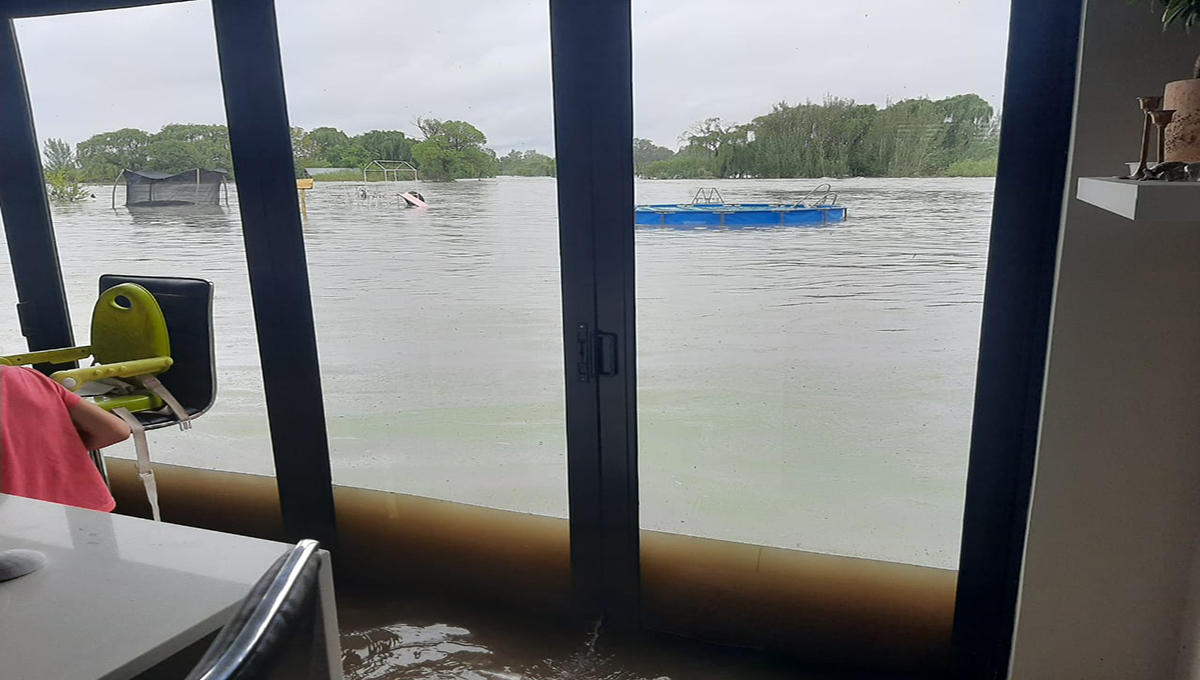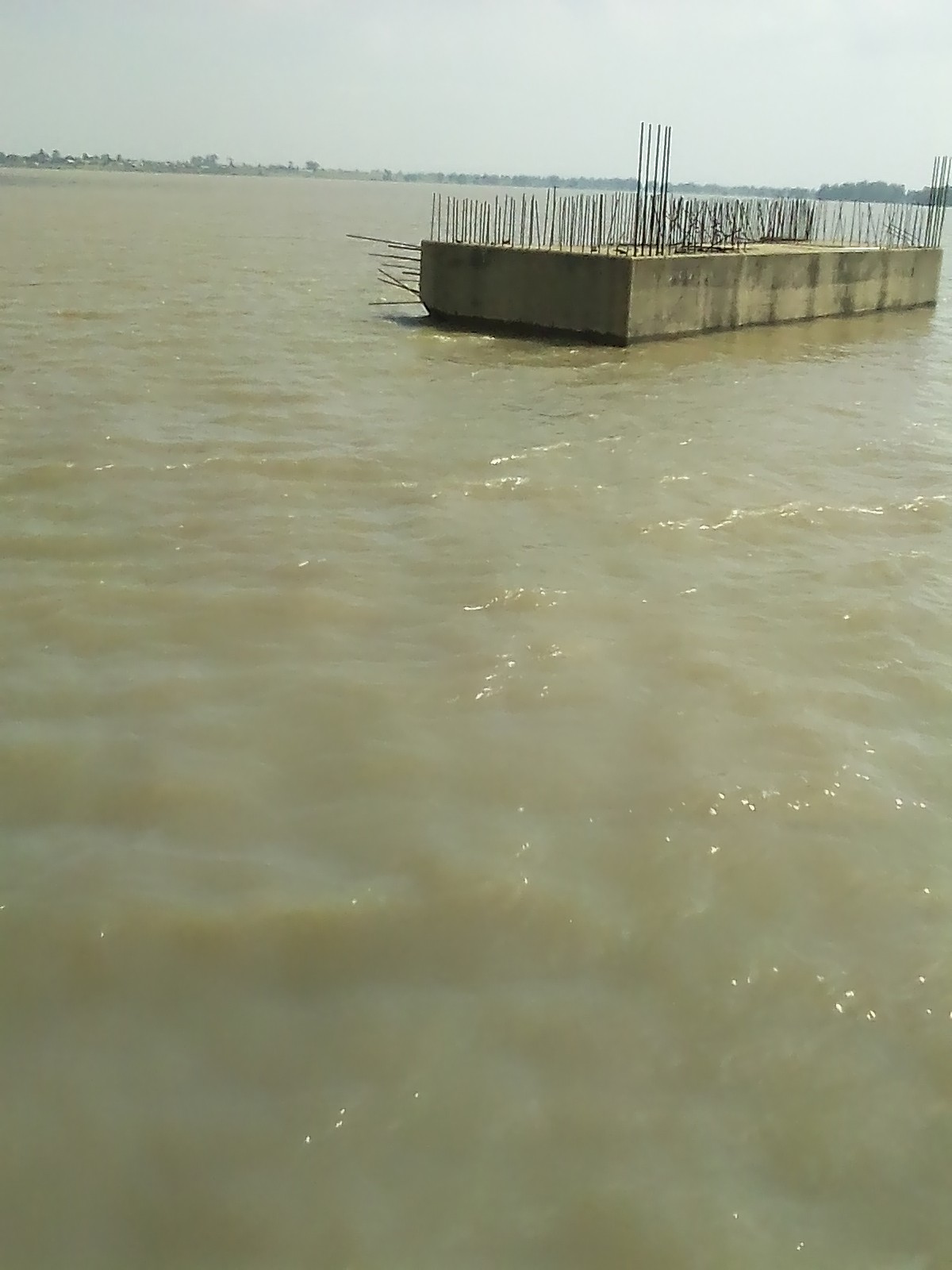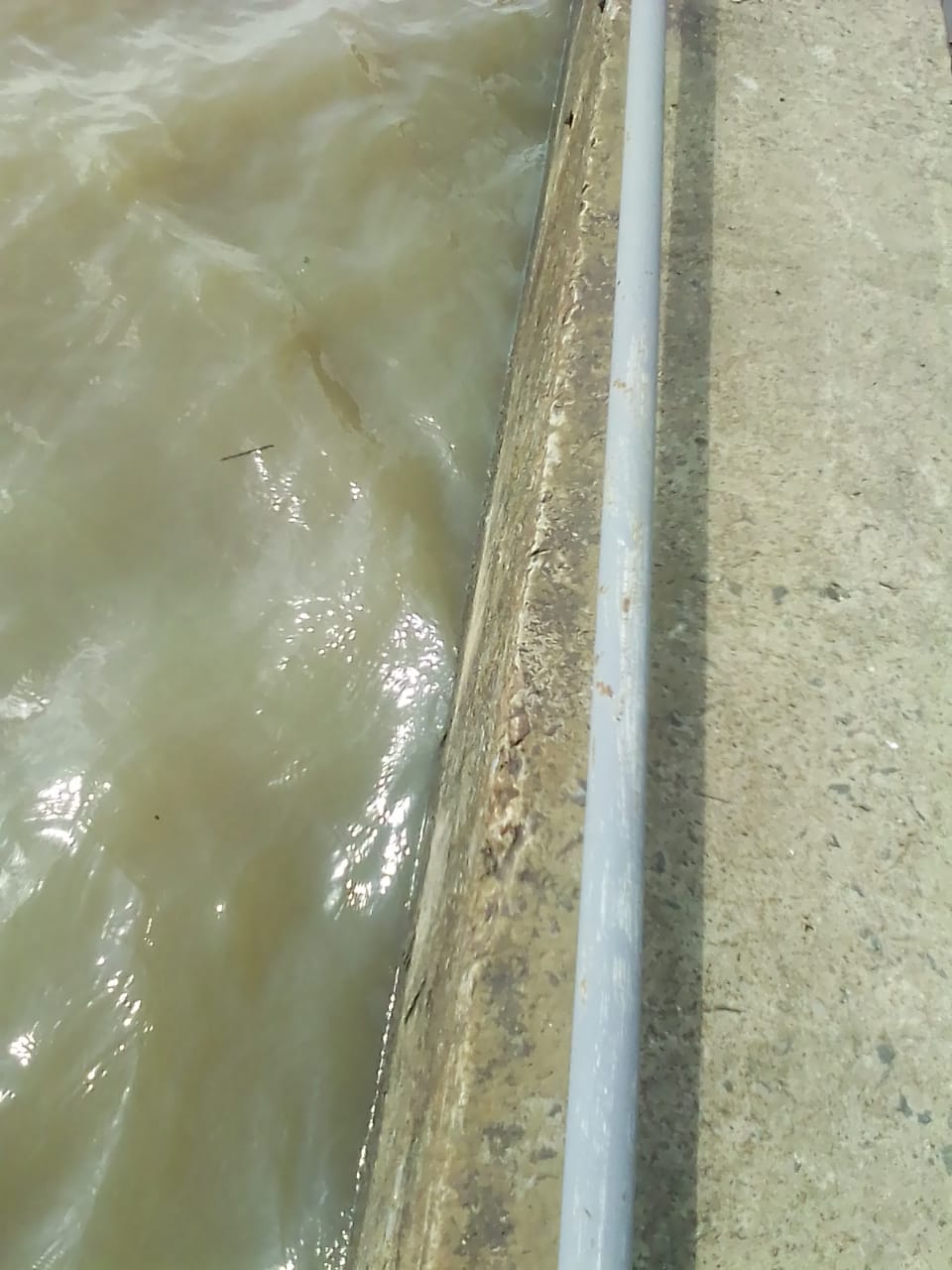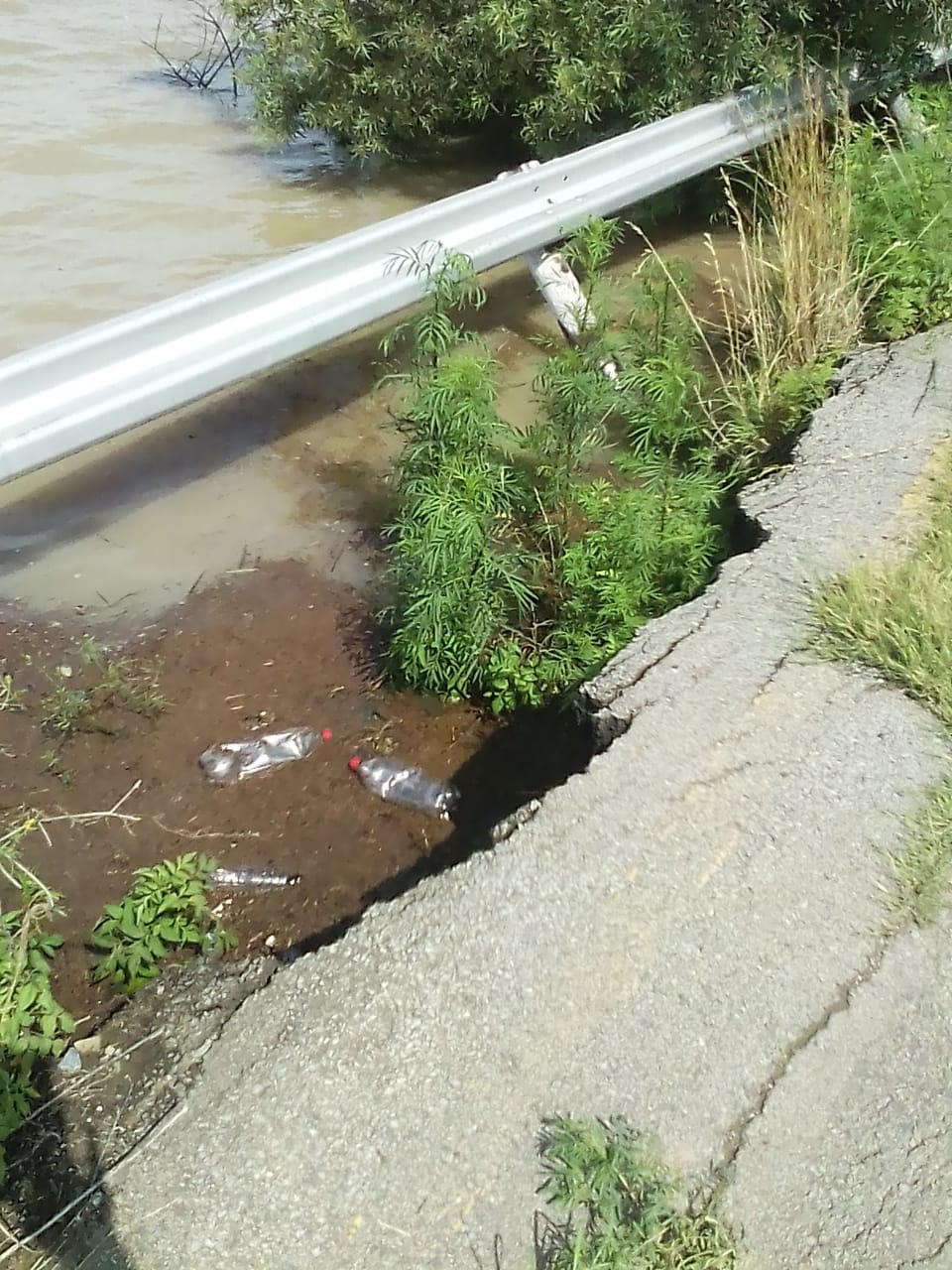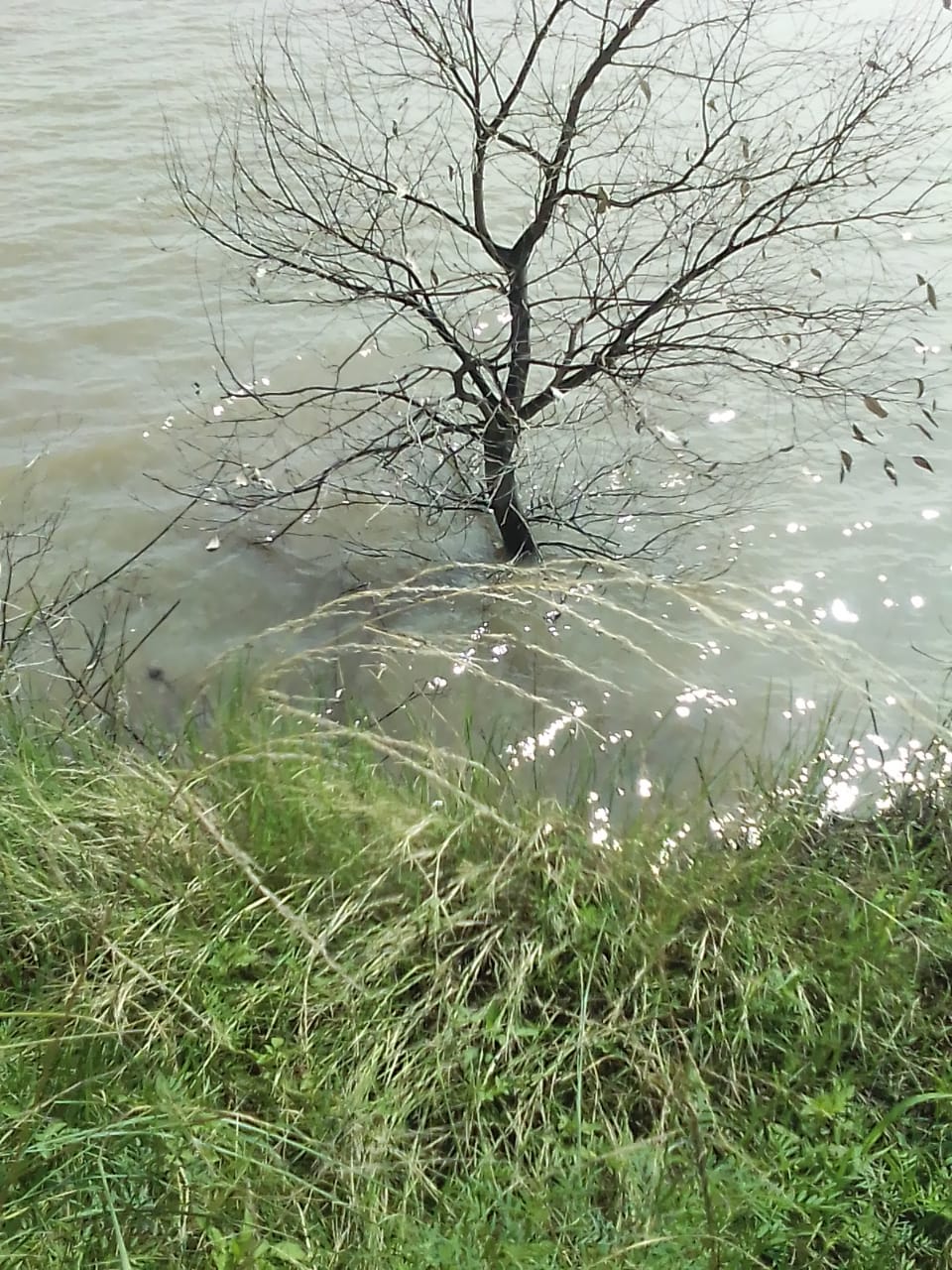South Africa is currently experiencing widespread flooding due to heavy rains that have hit the country in recent weeks. The flooding has caused significant damage to infrastructure and homes, displaced thousands of people, and even resulted in loss of life. The situation is being closely monitored by government officials and emergency services, with many efforts underway to help those affected by the floods.
The cause of the flooding in South Africa can be attributed to a combination of factors, including heavy rainfall, a lack of proper drainage systems, and the country's topography. South Africa has a diverse landscape, with many areas prone to flash floods during periods of heavy rainfall. The recent rains have been particularly intense, leading to overflowing rivers, landslides, and other forms of flooding.
One of the worst-hit areas has been the KwaZulu-Natal province, where over 30 people have lost their lives due to the floods. The province has been hit by severe storms that have caused widespread damage, including the collapse of bridges, roads, and homes. The floods have also disrupted electricity and water supply in many areas, making it difficult for emergency services to reach those in need.
In other areas, such as Gauteng and Mpumalanga, the flooding has caused significant damage to infrastructure, resulting in road closures and disruptions to public transport. Many homes have also been damaged or destroyed, leaving families without shelter.
The South African government has responded to the flooding by deploying emergency services, including the South African National Defence Force, to assist with rescue and relief efforts. The government has also appealed to international donors for assistance, as the country faces a growing humanitarian crisis.
In addition to the immediate response efforts, the South African government is also working on long-term solutions to prevent future flooding. This includes improving drainage systems, upgrading infrastructure, and implementing measures to mitigate the effects of climate change.
The flooding in South Africa serves as a stark reminder of the importance of disaster preparedness and the need for adequate infrastructure to withstand extreme weather events. As the country continues to grapple with the effects of climate change, it is essential that measures are put in place to ensure that communities are better equipped to deal with the impacts of severe weather events.
In conclusion, the flooding in South Africa is a severe humanitarian crisis that has caused significant damage and disruption to the country. Emergency services are working tirelessly to assist those affected by the floods, while the government is focusing on both immediate relief efforts and long-term solutions. The situation is a reminder of the importance of disaster preparedness and the need for continued investment in infrastructure to mitigate the effects of climate change.
ReënvalSA Twitter feed gives insight how different communities are effected y the heavy rainfall. Jackie Wolfaard's pictures shows how the Steel Bridge in Oranjeville to Villiers.
Tinus Holtzhausen, ReënvalSA took this video as the water levels are high at Vaalrivier and Villiers bridge.
At 11:00 ReevalSA reported that the Vaaldam is 119% full. Theresa du Toit shows in her video how the water levels rose.
The Moolman Family is in this humanitarian crisis as the water rises and destruction happens in the middle of an evacuation.
South Africa has been hit by Alnino this season, and rainfall picked up significantly. Mrs. Moolman lives in the Miravaal Vanderbijlpark area. She tried to phone emergency lines on Thursday (16 Feb 2023) when she noticed, the water was rising.
Mrs. Moolman and her family started to pick up their belongings and put them on higher ground.
Mr. Moolman went to Rand Water to speak to the person in charge of the sluice gates but to no avail. Rand Water opened sluice gates but the damage was done. The water came into their home as the damage from Thursday was over R100,000. They started to clean up and let everything dry.
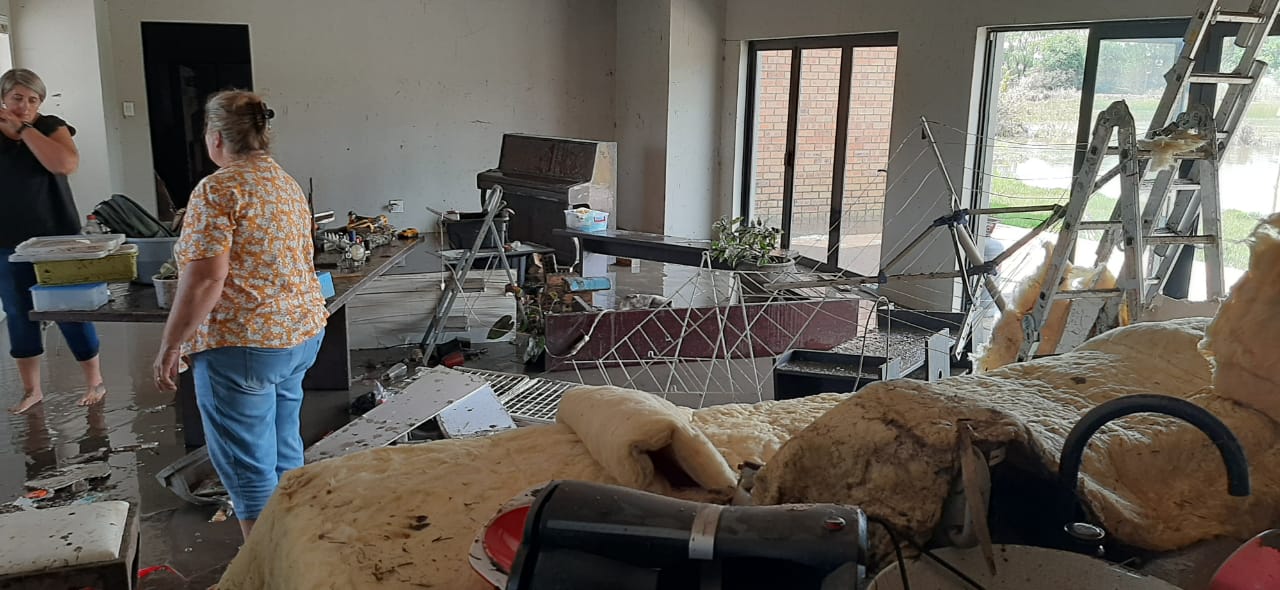
The disaster was not over when Friday (17 Feb 2023) and Saturday (18 Feb 2023) came. Water was coming down again, this time faster. Water came into the house, and the entire family was trapped inside the house. The water was higher outside the house than inside. Panic struck as the family was trapped inside their own home.
Mrs. Moolman started to feel on the doors if she can't open them, they felt like hostages in their own homes. A sudden burst of water came through the front door. It was wood and glass all over the place. At last, the family had a way out of the house, they picked up the kids and walked through the front gate. There was no time for the Moolman family to get their bakkie out of the garage.
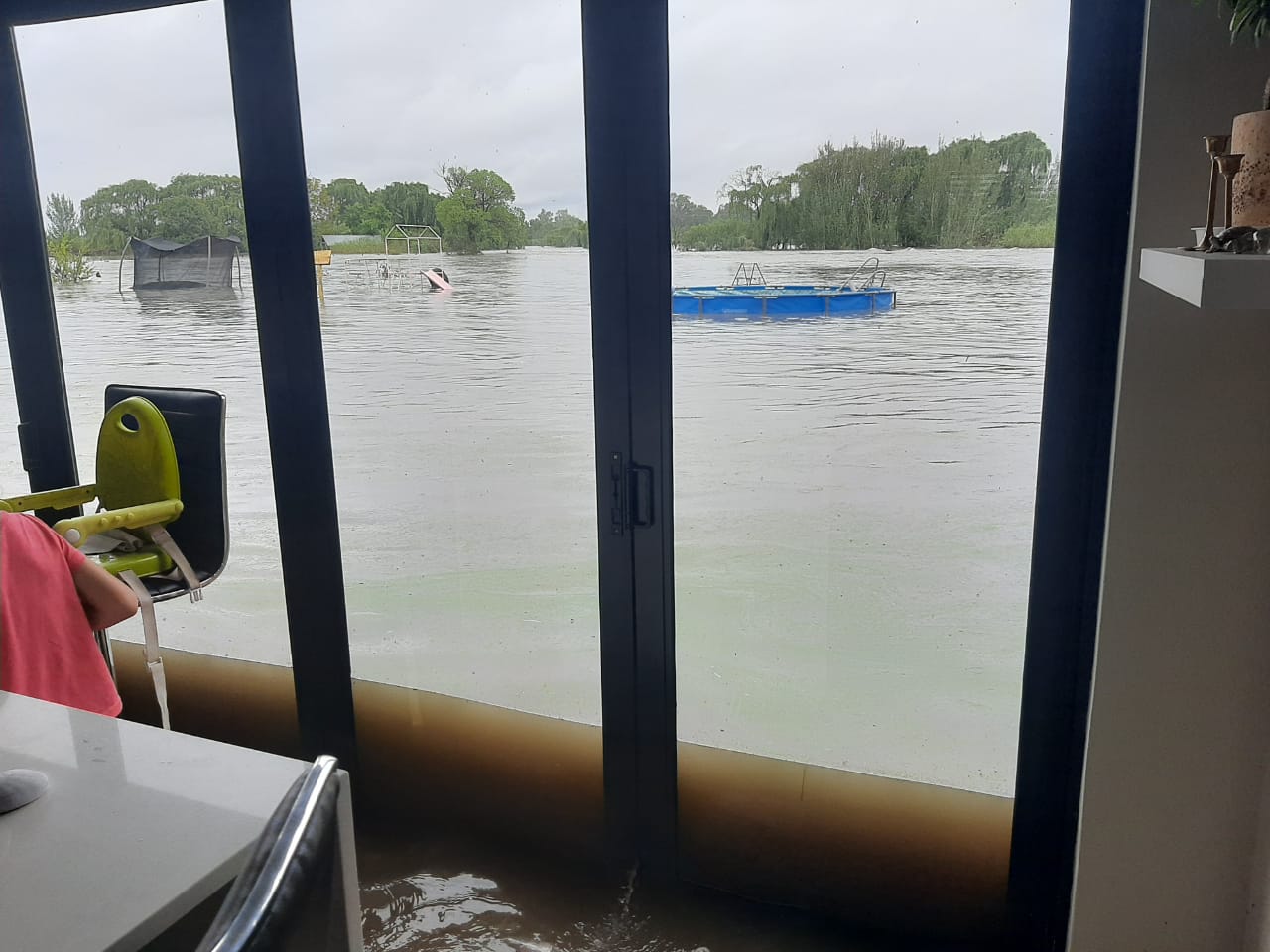
The Moolman family was not the only victims of the floods as they looked for their neighbor's bakkie in the driveway, and the water was still rising.
The neighbors were also stuck in their house with seven dogs. The Moolman family started to swim into the neigbors home to save the dogs and people. An old lady and man got rescued with their dogs.
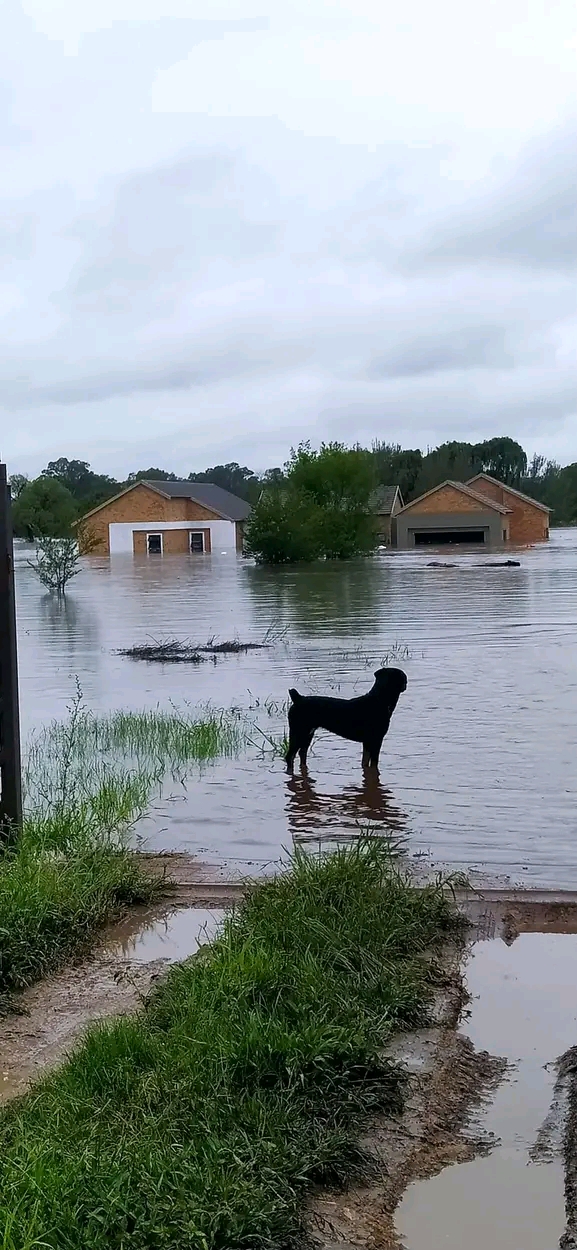
The men stayed behind to help other families in need. The woman and children went to safety.
Mrs. Moolman remembers the helpless feeling of her house going underwater deeper and deeper, and she can't do anything about it, but then remembers Psalm 46, which says that the Lord will help.
Mrs. Moolman expresses her gratitude towards the people of the community as they stand together united to help with this disaster.



